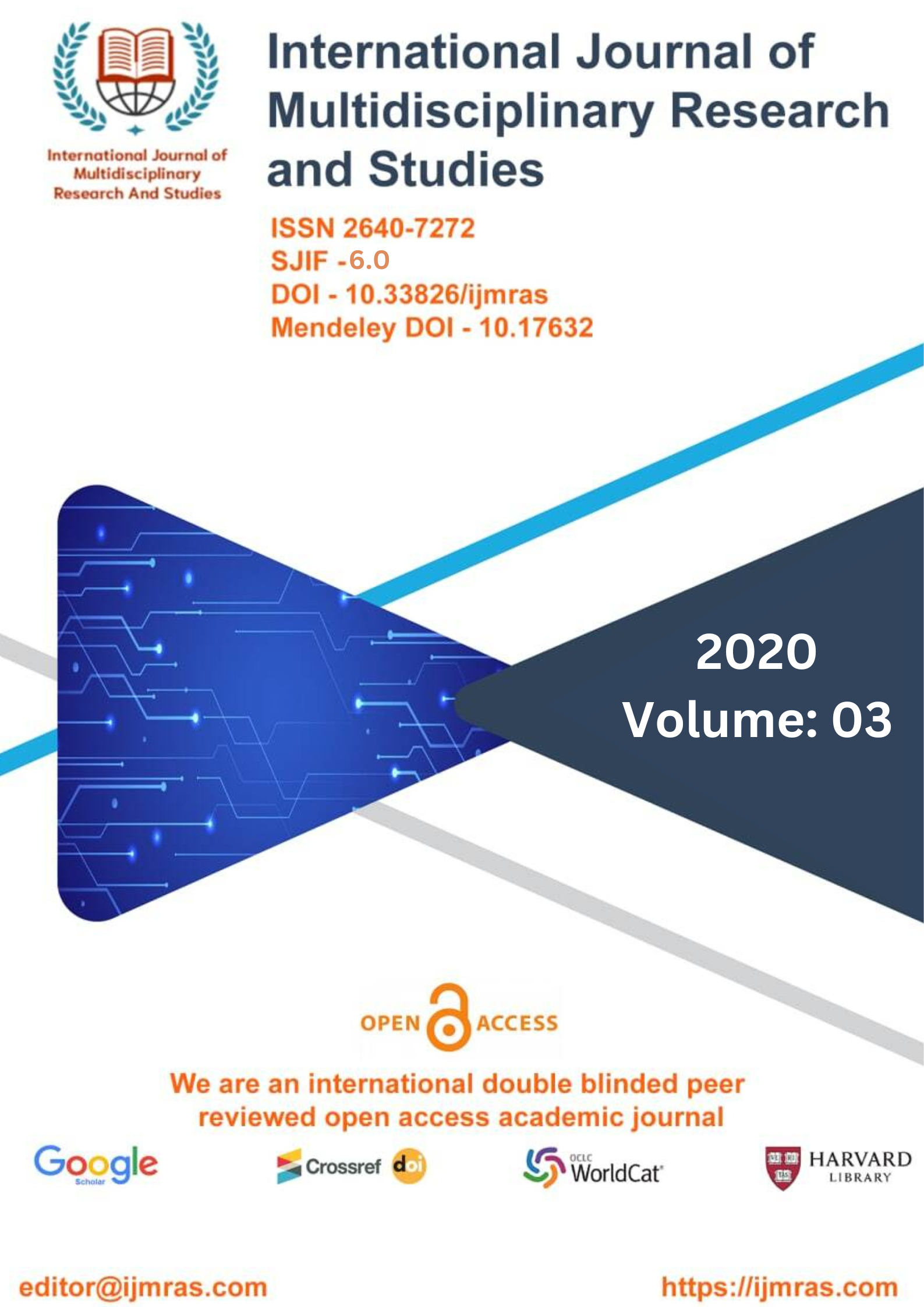AN EMPIRICAL STUDY ON THE OPPORTUNITY AND CONSTRAINTS

Abstract
The agricultural sector is a substantial contributor to the economy of India, and it is responsible for the employment of more than fifty percent of our total workforce. This sector has done an excellent job of boosting both its production and the level of cultivation it undertakes at each site. Although there has been an increase in population pressure, a decrease in the amount of land available per capita, and bad weather conditions over the course of the last three decades, the per capita availability of foodgrain at the national level has remained nearly the same at 465 grammes per day. This is despite the fact that there has been a decrease in the amount of land available per capita. With a total population of over 104 million people, it is the state with the third highest population density in the United States. DRPCAU, Pusa (Samastipur), Bihar, 1Principal Scientist (Agricultural Statistics) (email: 1Principal Scientist (Agricultural Principal Scientist in Agricultural Economics rediffmail.com), Principal Scientist in Agricultural Statistics (email address: While it only accounts for 2.9% of the entire landmass, India is home to around 9% of the total population of the nation.
Keywords
Opportunity, ConstraintsHow to Cite
References
Birthal, P.S., P.K. Joshi, D.S. Negi, and S. Agarwal. 2014. “Changing Sources of Growth in Indian Agriculture: Implications for Regional Priorities for Accelerating Agricultural Growth.” Discussion Paper 01325. Washington, D.C.: International Food Policy Research Institute.
Capalbo, Susan M. and John M. Antle (Eds.) 1988. Agricultural Productivity Measurement and Explanation. Washington, D.C: Resources for the Future.
Caves, D.W., L.R. Christensen and W.E. Diewert. 1982. "The Economic Theory of Index Numbers and the Measurement of Input, Output and Productivity." Econometrica, 50(6): 1393– 1414.
Chand, R., P. Kumar and S. Kumar. 2011. “Total Factor Productivity and Contribution of research Investment to Agricultural Growth in India.” Policy Paper 25, New Delhi: National Centre for Agricultural Economics and Policy Research (NCAP).
CGWB. 2017. Dynamic Groundwater Resources of India (as on March 2013). Central Groundwater Board, Ministry of Water Resources, River Development and Ganga Rejuvenation, Government of India.
Coelli, T.J. and D.S. Prasada Rao. 2003. "Total Factor Productivity Growth in Agriculture: A Malmquist Index Analysis of 93 Countries." Working Paper Series No. 02/2003, Centre for Efficiency and Productivity Analysis (CEPA), School of Economics, University of Queensland, Australia.
Coelli, Timothy J., D.S. Prasada Rao, Christopher J. O’Donnell, and George E. Battese. 2005. An Introduction to Productivity and Efficiency Analysis, Second Edition, USA: Springer.
De Janvry. 2010. “Agriculture for development: new paradigm and options for success.”Agricultural Economics, 41(S1):17-36.
Diewert, W.E. 1976. “Exact and Superlative Index Numbers.” Journal of Econometrics, 4: 115–145. Diewert, W.E. 1978. “Superlative Index Numbers and Consistency in Aggregation.” Econometrica,46(4): 883–900.
Evenson, R.E., C.E. Pray and M.W. Rosegrant. 1999. “Agricultural Research and Productivity Growth in India.” Research Report 109. Washington, D.C.: International Food Policy Research Institute.
Färe, R., S. Grosskopf, M. Norris and Z. Zhang. 1994. "Productivity Growth, Technical Progress and Efficiency Change in Industrialised Countries." The American Economic Review, 84(1): 66–83.
Fuglie, K. 2012. “Productivity Growth and Technology Capital in the Global Agricultural Economy”, in K. Fuglie, S.L. Wang, and V.E. Ball (Eds.), Productivity Growth in Agriculture: An International Perspective. Oxfordshire, UK: CAB International
License
Copyright (c) 2020 BHAGWAN RAY

This work is licensed under a Creative Commons Attribution 4.0 International License.
Individual articles are published Open Access under the Creative Commons Licence: CC-BY 4.0.



